The culturalist and poet Dao Duy Tu (1572 - 1634) in his work Tu Dung Van described in detail the scene of Turtle Mountain at Tu Dung estuary: "Strangely, nature molded the shape/A flat land with a green peak before the sky/From afar, the clouds piled high/The southern roof has a crane dancing, the western roof has a dragon watching".
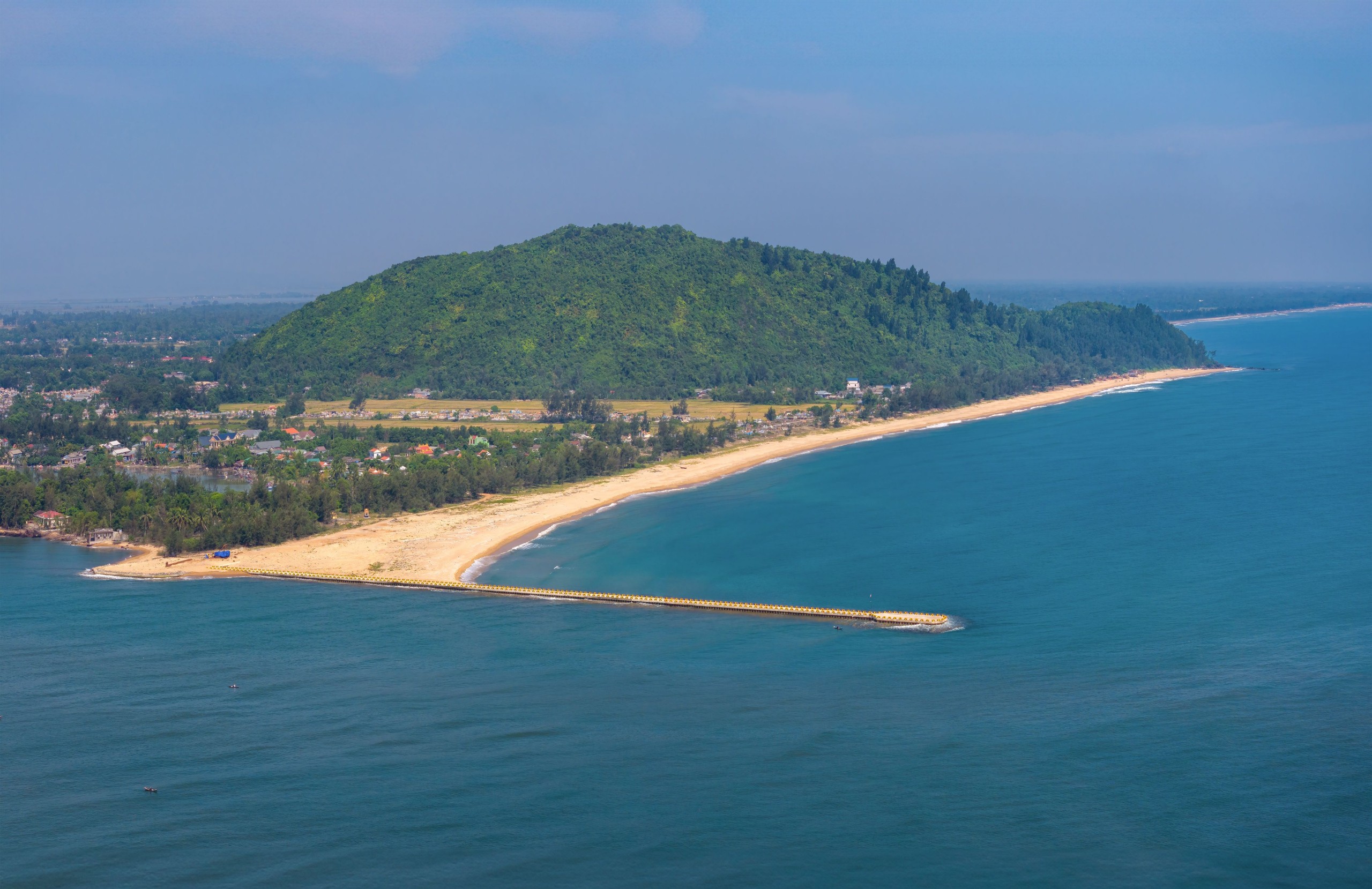
Turtle Mountain (Linh Thai) rises right at Tu Dung seaport (now Tu Hien seaport).
PHOTO: NGUYEN TA PHONG

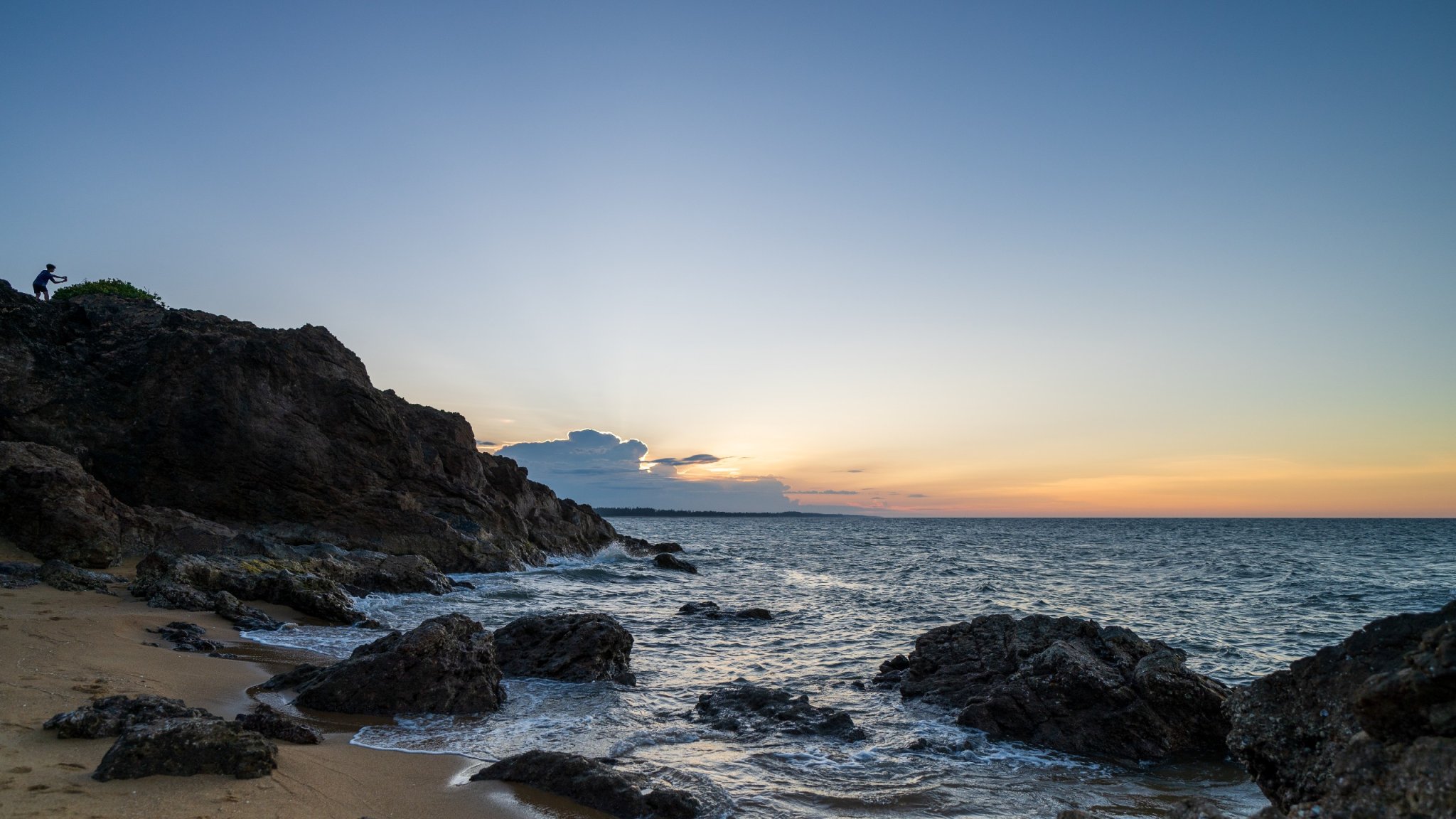
Ham Rong Beach at the foot of Turtle Mountain has a wild beauty.
PHOTO: TRAN HUU THUY GIANG
This sacred mountain is said to be related to the legend of two otters who were awarded the title "Lang Lai Dai Tuong Quan" by King Gia Long and a temple was built to worship them.
Legend has it that, taking advantage of the rainy night, Nguyen Anh's army attacked the Linh Thai - Tu Dung defense line of the Tay Son dynasty guarded by Nguyen Van Tri. It was dark, the location of the seaport was unknown, this area had many reefs, warships were easily damaged, stranded... While struggling to figure out a plan, looking from the sea, Nguyen Anh's army saw two bright spots, so he sent a small boat in to scout, discovering the eyes of two otters on both sides of the seaport. Nguyen Anh thought it was a good omen, with the help of heaven. The two bright spots became two lighthouses for Nguyen Anh's warships to enter, both fighting head-on and creating a pincer movement from Ha Trung lagoon down and winning a great victory. The book Dai Nam Nhat Thong Chi also recorded this battle.
After ascending the throne, Nguyen Anh rewarded the pair of otters and built a temple to show his gratitude for their support.
The temple of the second great general Lang Lai in Linh Thai mountain has now disappeared. According to the elders of Vinh Hien commune, on the other side of the sea gate in Loc Binh commune (formerly Vinh Hien commune) there is an ancient temple, which is said to worship two otters. Local people call it Hung Than temple (or Cong Than temple) because no one dares to go near it for fear of disaster. "Hung Than temple is a deserted temple, no one dares to go near it. When passing by, you must bow your head and be quiet. You should not pass by at noon. It is said that this temple has existed since ancient times, but now it is covered with trees and even fewer people visit it," said a local resident.
At the foot of Linh Thai mountain is Tu Dung seaport with Ham Rong beach with protruding rocks, beautiful scenery, becoming a new check-in point for those who want to explore the wild beauty.
FORGOTTEN RELICS
In 2015, after many years of neglect, Lieu Quan Buddhist Cultural Center ( Hue City, Thua Thien-Hue) organized a survey trip to Linh Thai Mountain.
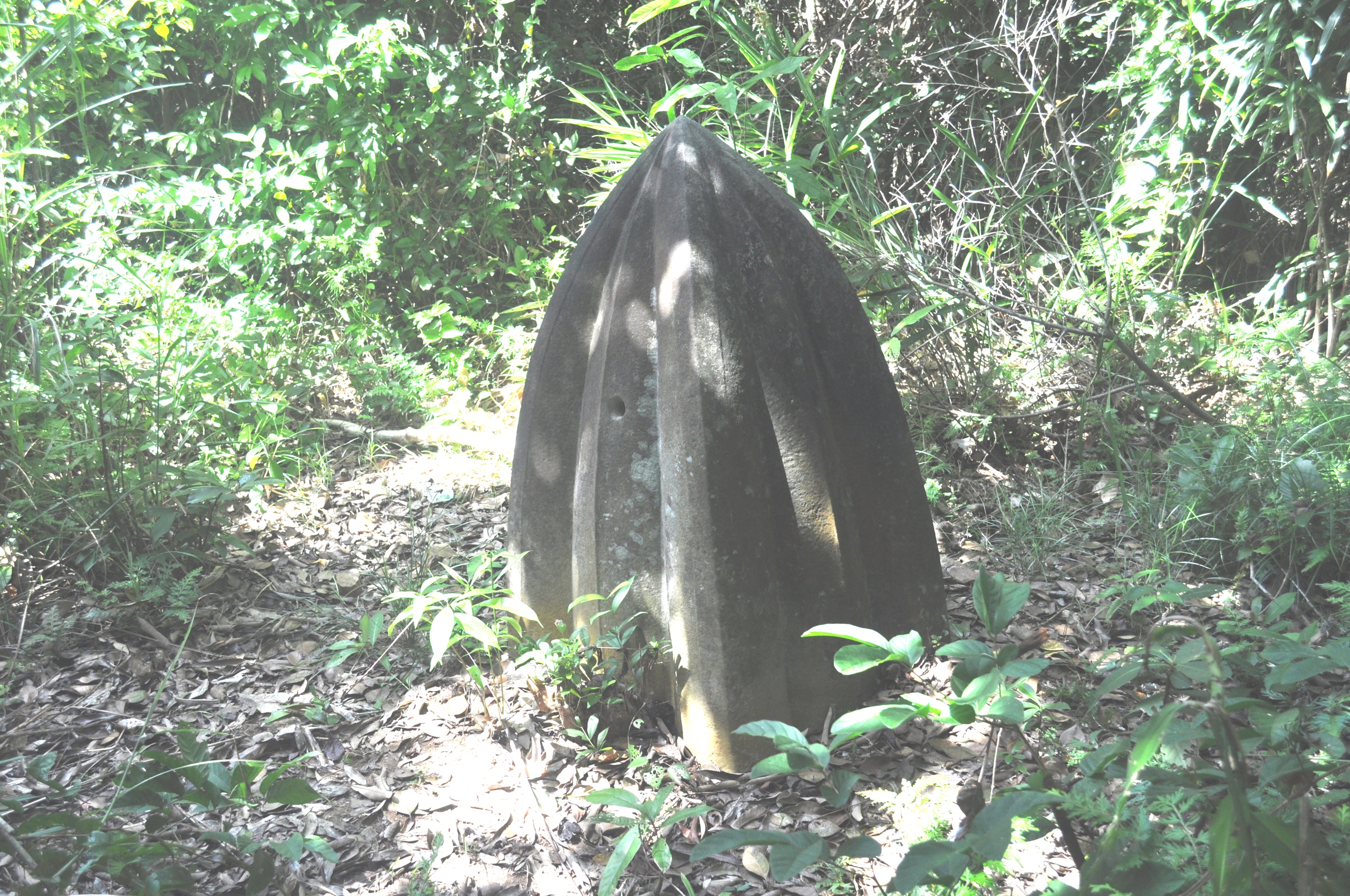
Cham cultural vestiges on Turtle Mountain
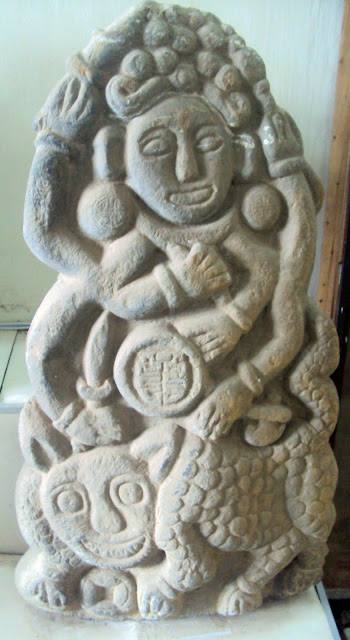
The relief of the god statue on Turtle Mountain is being kept at the Hue Royal Antiquities Museum.
According to Venerable Thich Khong Nhien, Vice President of the Vietnam Buddhist Academy in Hue, in charge of the Lieu Quan Buddhist Cultural Center (head of the survey team), after more than 5 times of fieldwork and clearing, the survey team found traces of the foundation, many bricks, stone pillars... of Tran Hai Pagoda on the highest peak of Linh Thai Mountain.
On a lower hill behind, the group discovered the remains of a ruined Cham tower, of which part of the tower body still remained along with many bricks. In particular, there were 2 stone pillars 2 m high, each side 40 cm wide with Cham characters engraved on 3 sides, along with many broken stone slabs with images of gods...
According to researcher Nguyen Xuan Hoa (Thua Thien-Hue), during the French colonial period, priest L.Cadie in the article Cham Monuments and Relics surveyed this area and wrote a detailed description. In 1918, H.Parmentier in the research work Statistical description of Cham relics in the Central region fully described with diagrams and drawings many traces of Cham culture in Linh Thai mountain. French researchers also brought back 3 Cham statues, currently kept at the Hue Royal Antiquities Museum. Venerable Thich Khong Nhien said that on Linh Thai mountain, at the highest peak, where there are traces of Tran Hai pagoda, there is a flat area with an area of several thousand square meters. If this area is excavated, the scale of Tran Hai pagoda will be known.
According to the book Nam Trieu Cong Nghiep Dien Chi by Nguyen Khoa Chiem, in the year Binh Ngo (1676), while walking around Tu Dung gate, Lord Nguyen Phuc Tan saw a deserted Cham tower on the top of Linh Thai mountain, so he ordered the mandarin Tran Dinh An to move the tower to the hill behind, build a Buddhist temple on the top of the mountain, and named it Vinh Hoa temple. After Tay Son captured the capital Phu Xuan (1786), the temple was razed to the ground.
In the 17th year of Minh Mang (1836), during a tour and seeing the desolate scene of the pagoda, the king ordered renovations, including Thanh Duyen Pagoda on Thuy Hoa Mountain (also known as Thuy Van), Tran Hai Pagoda on Linh Thai Mountain with pavilions, towers... While Thanh Duyen Pagoda still exists today, it is unknown when Tran Hai Pagoda collapsed.
Dr. Phan Thanh Hai, Director of the Department of Culture and Information of Thua Thien-Hue Province, also said that an archaeological excavation is needed to fully evaluate the relics of Tran Hai Pagoda as well as the Cham relics on Linh Thai Mountain, thereby finding a direction to preserve and promote the value of these unique cultural relics. However, up to now, Turtle Mountain - an important relic with many Cham and Vietnamese relics - seems to be "forgotten". (continued)
Source: https://thanhnien.vn/nhung-ngon-nui-thieng-linh-thai-nui-thieng-quen-lang-185240914200818116.htm





![[Photo] General Secretary To Lam visits exhibition of achievements in private economic development](https://vphoto.vietnam.vn/thumb/1200x675/vietnam/resource/IMAGE/2025/5/18/1809dc545f214a86911fe2d2d0fde2e8)

![[Photo] Ready for the top competitions of Vietnamese table tennis](https://vphoto.vietnam.vn/thumb/1200x675/vietnam/resource/IMAGE/2025/5/18/9c547c497c5a4ade8f98c8e7d44f5a41)





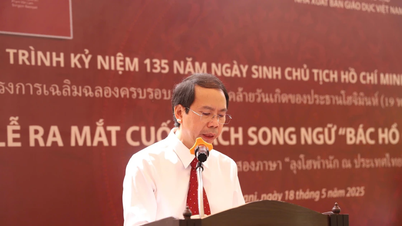
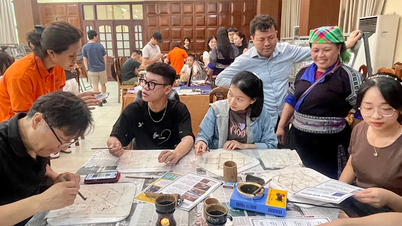

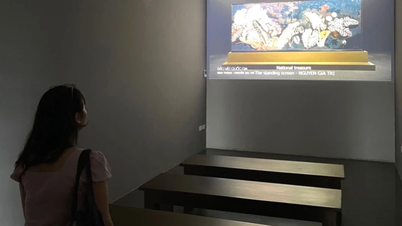










![[Photo] National conference to disseminate and implement Resolution No. 66-NQ/TW and Resolution No. 68-NQ/TW of the Politburo](https://vphoto.vietnam.vn/thumb/1200x675/vietnam/resource/IMAGE/2025/5/18/adf666b9303a4213998b395b05234b6a)











































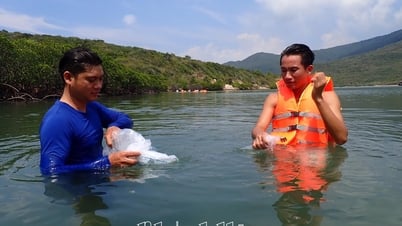

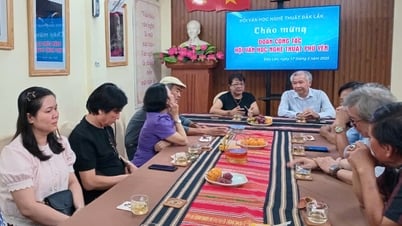


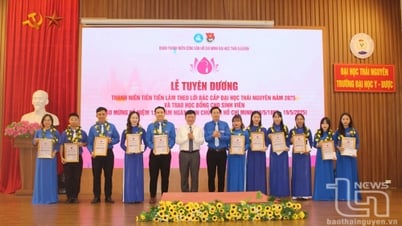



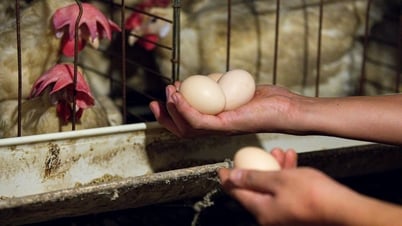










Comment (0)